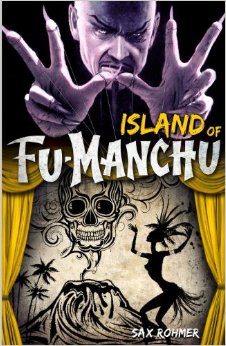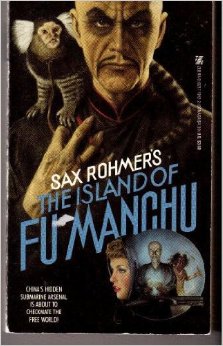Vintage Trash: I Was A Teeny-Bopper For The CIA by Ted Mark
 Many, many years ago I worked at a used bookstore called Bookmans in Tucson. Everybody from Arizona knows Bookmans. They have several stores around the state and they’re all as big as supermarkets, filled with used books, music, and games. Most books are half cover price, and employees got a 50% discount. Sometimes the manager would be like, “You did a good job today, Sean, take a book.”
Many, many years ago I worked at a used bookstore called Bookmans in Tucson. Everybody from Arizona knows Bookmans. They have several stores around the state and they’re all as big as supermarkets, filled with used books, music, and games. Most books are half cover price, and employees got a 50% discount. Sometimes the manager would be like, “You did a good job today, Sean, take a book.”
I realized that I would never get another opportunity like that in my life and took full advantage. My library exploded with books on every topic imaginable. I also learned the joy of collecting vintage paperbacks, with the added joy of getting them for next to nothing.
So when I came across Ted Mark’s I Was A Teeny-Bopper For The CIA I just had to get it. I’d never heard of the title or author before (I wasn’t about to forget that title!) and figured this would be something I’d never see again. I was right, I’ve never seen that book again, and now, 20 years later, I finally got around to reading it.

